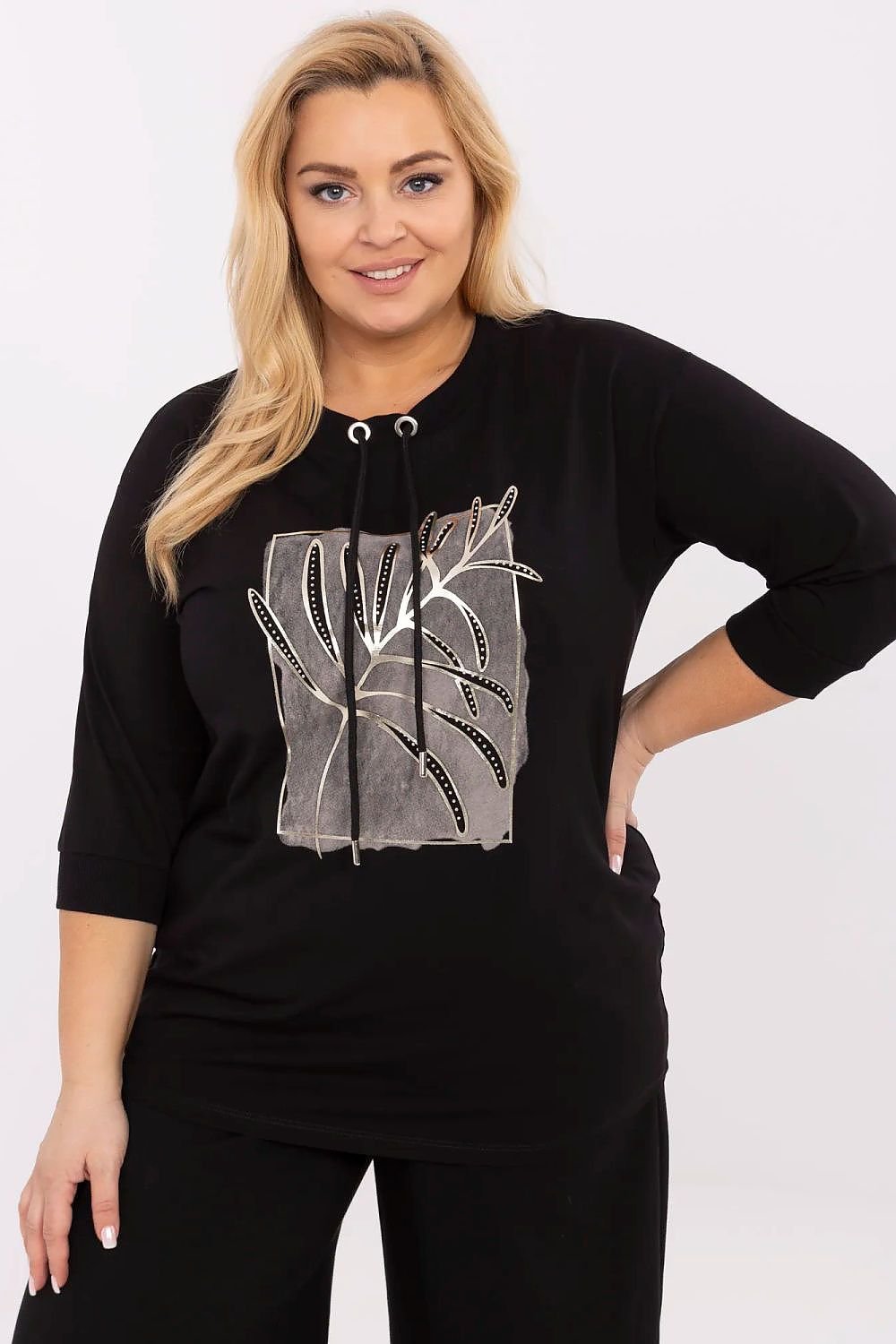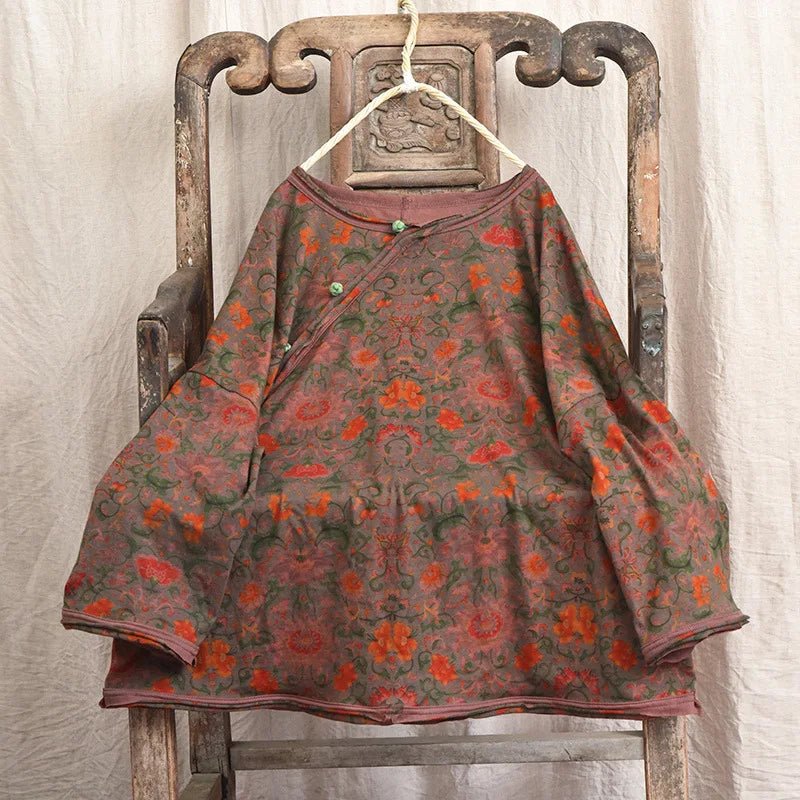Tailoring Your Plus-Size Blouse for a Flattering Fit: Focusing on the Tummy Area
Finding the perfect plus-size blouse that drapes beautifully and makes you feel confident can sometimes feel like a quest. While off-the-rack options have improved significantly, the reality is that many plus-size garments are designed with a more generalized body shape in mind. This can often lead to blouses that are either too tight around the midsection, too baggy and shapeless, or simply don't skim your curves in the most flattering way. Fortunately, with a few simple alterations, you can transform a good blouse into a *great* one, specifically tailored to enhance your figure and provide exceptional comfort, especially around the tummy area.
Understanding the Challenges of Plus-Size Blouse Fit
The primary challenge when altering plus-size blouses for the tummy area stems from the fact that curves are not uniform. Some individuals may carry more weight in their abdomen, while others might have a fuller bust or hips that require a certain amount of fabric. A standard blouse, even if it fits well in the shoulders and bust, might pull awkwardly across the stomach or create an unflattering blouson effect if there's too much excess fabric. The goal of altering is not to make the blouse tight, but rather to create a silhouette that gently skims the body, offering both style and comfort.
Essential Tools for Alterations
Before you begin, gather these basic tools:
- Measuring tape
- Fabric scissors
- Matching thread
- Sewing machine (or a strong needle for hand-sewing)
- Pins
- Fabric chalk or a washable marker
- Seam ripper (for undoing existing seams)
- Iron and ironing board
Step-by-Step Guide to Altering Your Blouse
1. The All-Important Fit Assessment
Put on the blouse you intend to alter. Stand in front of a mirror and assess where the fit is off. Pay close attention to the tummy area. Does it feel too snug? Is there excessive fabric bunching or pulling? Ask a friend to help you pin the excess fabric from the back or sides for a better initial estimate of the desired fit. It's crucial to do this while wearing the blouse to ensure you're achieving a comfortable and flattering drape.
2. Measuring for Success
With the blouse on and pinned (or have a friend help pin), carefully measure the areas where you want to reduce fullness. Measure the circumference of your waist and the fullest part of your abdomen. Compare these measurements to the blouse's current measurements. The difference will indicate how much fabric needs to be taken in.
3. Preparing the Blouse for Alteration
Carefully remove the blouse. Lay it flat on a table or ironing board, smoothing out any wrinkles. If the blouse has side seams that extend from the armpit down to the hem, these are usually the best places to start your alterations. If the blouse has a defined waist or princess seams, these might also be areas to consider, but side seams are often the most straightforward for general tummy area adjustments.
4. Marking Your Alterations
Using fabric chalk or a washable marker, mark the lines where you will be sewing. If you're taking in the side seams, start from the underarm and taper down towards the hem. The amount you take in at the side seam will be divided equally on both sides. For example, if you need to reduce the waist by 2 inches, you'll take in 1 inch on the left side seam and 1 inch on the right side seam. Ensure the taper is smooth and doesn't create any unnatural angles.
5. Sewing the New Seams
It's often best to first sew a temporary or "basting" stitch along your marked lines. This allows you to try the blouse on again and make any necessary adjustments before committing to the final stitch. Once you're happy with the fit, sew a permanent seam along the marked lines using a straight stitch on your sewing machine. If hand-sewing, use a strong backstitch for durability.
6. Finishing the Seams
To prevent fraying and give your alteration a professional finish, you'll need to finish the raw edges of the seams you just sewed. You can do this by:
- Serging: If you have a serger, this is the quickest and neatest method.
- Zigzag Stitch: Use a zigzag stitch on your sewing machine along the raw edge.
- Pink the Edges: Use pinking shears to cut along the raw edge; this helps to prevent fraying.
- French Seams: For a very neat finish, especially on lighter fabrics, consider creating French seams, though this is a more advanced technique.
7. Pressing for Perfection
Once your seams are sewn and finished, press them open with an iron. This not only gives your alteration a crisp, professional look but also helps the fabric to lie smoothly, further enhancing the flattering fit around your tummy.
Advanced Techniques for Specific Fit Issues
If your blouse has a more complex construction, or if the fit issue is more pronounced, you might consider these advanced techniques:
Adjusting Darts
Some blouses have darts that can be let out or taken in to adjust the fit. If a blouse feels snug in the tummy area due to the existing dart placement, you might be able to carefully open the dart and re-sew it slightly differently to accommodate your shape.
Adding or Adjusting Gores
Gores are triangular or trapezoidal pieces of fabric inserted into seams to add fullness or shape. If a blouse is too tight around the tummy, a tailor might be able to insert small gores into the side seams to provide a bit more room and a smoother drape. Conversely, if there's too much fabric, existing gores might be narrowed.
Strategic Pleating
Sometimes, instead of simply taking in excess fabric, a tailor might create subtle pleats to control fullness. These can be designed to look like part of the original garment's design, effectively camouflaging excess fabric and creating a more streamlined appearance.
When to Seek Professional Help
While many basic alterations can be done at home, some situations call for a professional tailor. If your blouse is made of a delicate fabric like silk or chiffon, has intricate detailing like beading or embroidery, or if you're attempting complex pattern adjustments, it's wise to consult a professional. They have the expertise and equipment to handle challenging fabrics and designs without damaging the garment.
The Confidence Boost of a Perfect Fit
Altering a plus-size blouse to perfectly fit your tummy area is a rewarding process. It's not about conforming to a specific size, but about celebrating your unique shape and ensuring your clothing works *for* you. By understanding these simple techniques, you can elevate your wardrobe, boost your confidence, and enjoy wearing blouses that make you look and feel your absolute best in 2025 and beyond.












